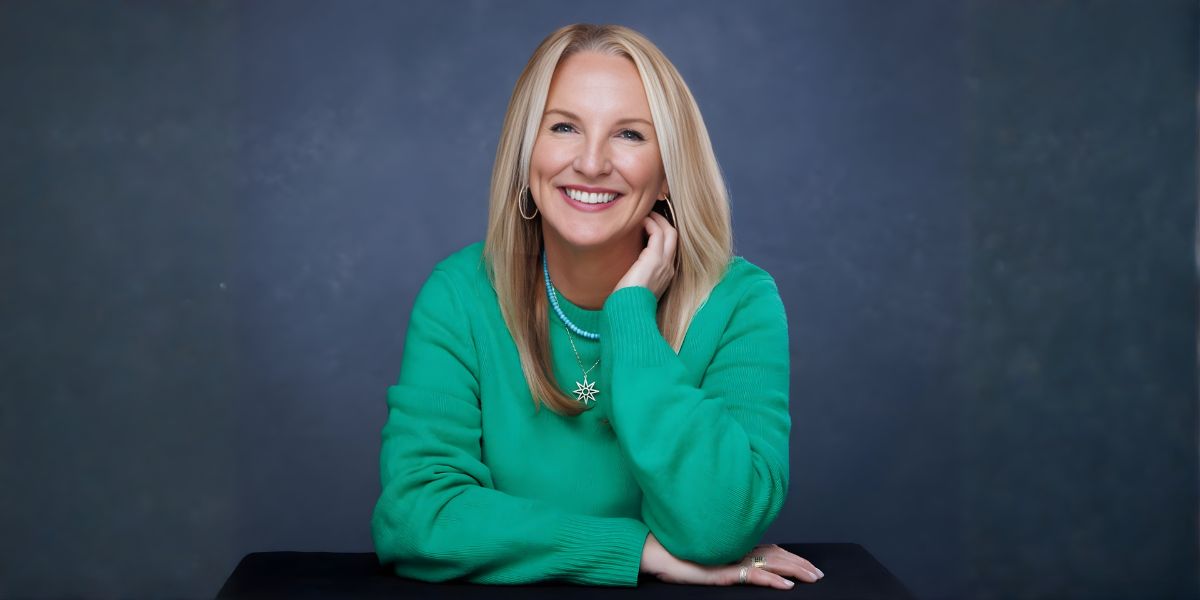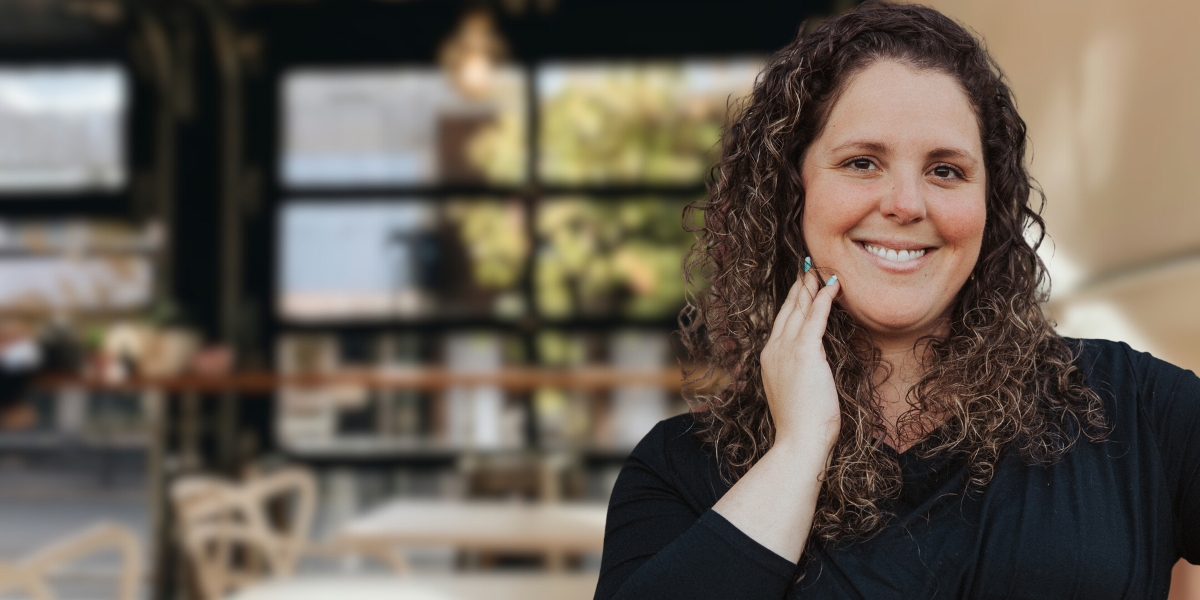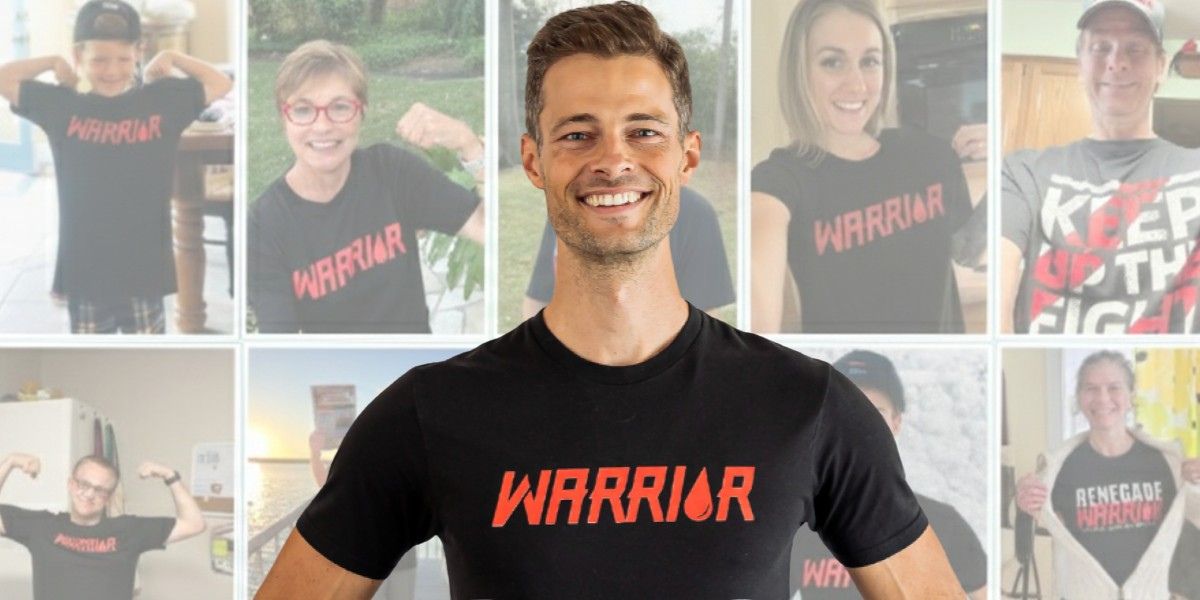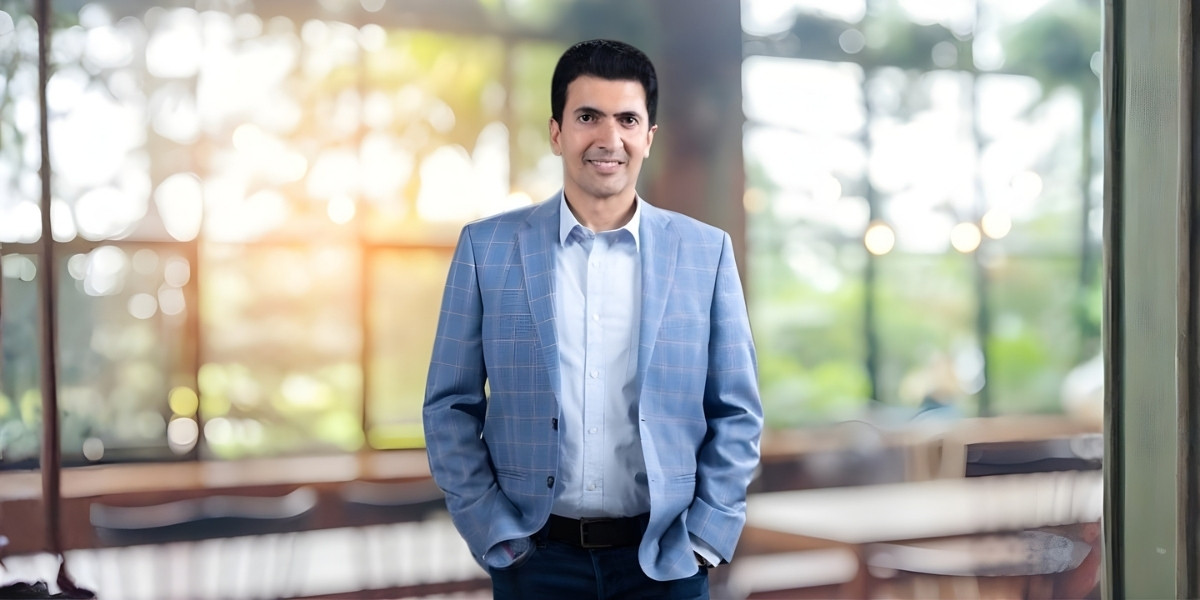How Bankruptcy Can Help Stop a Vehicle Repossession
For many people, a vehicle is far more than a convenience. It is a necessity for getting to work, taking children to school, running errands, and meeting other daily obligations. When financial struggles lead to missed car payments, the threat of repossession can quickly become overwhelming, and the loss of a vehicle can exacerbate the difficulty in regaining financial stability. Fortunately, bankruptcy can provide legal tools that may stop a repossession, protect a vehicle from being taken, or even help to recover one that has already been repossessed. It can also help a person regain control of their finances and avoid additional problems in the future.
Why Preventing Vehicle Repossession Matters
A vehicle repossession can have both immediate and lasting consequences. Once a lender takes back a vehicle, the borrower not only loses access to transportation but may also continue to face financial difficulties. They could be responsible for the remaining loan balance if the vehicle’s sale does not cover the amount owed on the loan. Repossession can also significantly lower a person’s credit score, making it harder to secure loans, find housing, or qualify for favorable interest rates in the future.
Beyond the financial impact, losing a vehicle can affect nearly every aspect of a person’s daily life. Many people depend on their car to commute to work, and without reliable transportation, maintaining employment can become difficult. Parents may face challenges getting children to school or medical appointments. In rural or suburban areas with limited public transportation, losing a car can disrupt a family’s routines and create long-term hardship.
How Bankruptcy Can Stop Repossession
One of the immediate protections that bankruptcy offers is known as the automatic stay. When a person files for bankruptcy, the stay takes effect immediately. The automatic stay is a legal order that requires many creditors to stop collection activities, including repossessions, lawsuits, wage garnishments, and phone calls demanding payment.
If a lender has not yet repossessed the vehicle, the automatic stay will prevent them from doing so while the bankruptcy case is active. If the lender has already repossessed the car but has not yet sold it, the stay may also create an opportunity to recover the vehicle.
The automatic stay will not eliminate the underlying debt, but it will give a person breathing room to determine an effective way to move forward. During this pause, the court and the bankruptcy trustee will assess the debtor’s financial situation and explore potential ways to restructure or discharge debts.
Recovering a Vehicle After Repossession
Once a vehicle has been repossessed, it is important to act quickly. If the lender sells a vehicle through an auction, it may no longer be possible to recover it. By filing for bankruptcy before the lender sells the car at auction, a debtor may take steps to recover the vehicle. The automatic stay can temporarily halt the sale, and the bankruptcy process may provide a way to bring the loan up to date or restructure the payments.
Once a vehicle has been sold, it generally cannot be recovered through bankruptcy. The debtor’s remaining options may then include discharging any deficiency balance that is still owed on the loan after the vehicle’s sale.
Because state laws and lender procedures can vary, the timing and feasibility of reclaiming a repossessed vehicle through bankruptcy depend on the specific facts of the situation. An attorney can help determine whether recovery is still possible.
Using Chapter 13 Bankruptcy to Keep a Vehicle
For people who want to keep their vehicle, Chapter 13 bankruptcy can provide some important advantages. Unlike Chapter 7, which may require a person to turn over certain assets to repay their creditors, Chapter 13 focuses on creating a repayment plan that allows individuals to keep their assets. Through a court-approved plan that will last from three to five years, the debtor will make regular payments based on their disposable income.
A Chapter 13 repayment plan can allow a person to catch up on missed car payments over time while keeping the vehicle. As long as ongoing payments are made according to the plan, the lender cannot repossess the car. This structure can be particularly helpful for borrowers who have fallen behind on payments due to temporary setbacks, such as job loss, but who can afford regular payments once their finances stabilize.
In addition to protecting the vehicle from repossession, Chapter 13 may also reduce the overall debt burden by reorganizing other unsecured debts, such as credit cards or medical bills, into a single manageable payment. After completing the repayment plan, existing unsecured debts may be discharged, which can help ensure that a person can make ongoing payments toward their auto loan.
When a “Cramdown” May Be Available
One powerful tool available in Chapter 13 bankruptcy is known as a cramdown. The court may take steps to reduce the amount owed on a car loan to reflect the vehicle’s current market value rather than the full balance of the loan. This can lower the monthly payments and the total debt that must be repaid through the Chapter 13 plan.
A cramdown is generally available only under certain conditions:
- Timing of the Loan: The vehicle loan must have been taken out more than 910 days before the bankruptcy filing.
- Use of the Vehicle: The vehicle must have been purchased primarily for personal, not business, use.
- Value Versus Loan Balance: The car’s current value must be less than the amount owed on the loan.
In a cramdown, the portion of the loan that exceeds the vehicle’s value may be treated like other unsecured debts and discharged at the end of the Chapter 13 plan. This can significantly ease the process for a debtor to maintain ownership of their vehicle and regain financial stability.
The Broader Impact of Bankruptcy Protections
Filing for bankruptcy can provide numerous benefits and serve as a powerful legal tool to protect essential assets, creating a structured path toward financial recovery. The automatic stay provides immediate relief from creditor actions, and the repayment framework in a Chapter 13 case may enable a borrower to catch up on missed payments without losing their vehicle.
While bankruptcy does not eliminate every financial challenge, it can halt the cycle of repossession threats and provide an individual with the opportunity for a fresh financial start. A skilled bankruptcy and repossession defense lawyer can answer questions about available options and help individuals make informed decisions about a viable approach to financial stability.
Disclaimer: This content is for informational purposes only and is not intended as financial advice, nor does it replace professional financial advice, investment advice, or any other type of advice. For advice specific to your situation, please consult with a qualified attorney or other professional before making any financial decisions.














